The Conservatory And Kid's Garden (Page Three)
When the tour ended we visited the conservatory, the kids garden and when towards the tea room for a light luncheon.
The Conservatory
Did You Know? - The traditional nineteenth century conservatory was a large greenhouse used for growing tender and rare plants, or, less often, for birds and rare animals ? sometimes with the plants and animals living together. Many cities, especially those in cold climates and with large European populations have built municipal conservatories to display tropical plants and to hold flower displays. This type of conservatory was popular in the early nineteenth century and by the end of the century people were also giving them a social use (eg: tea parties). Conservatory architecture varies from typical Victorian glasshouses to modern styles, such as geodesic domes.
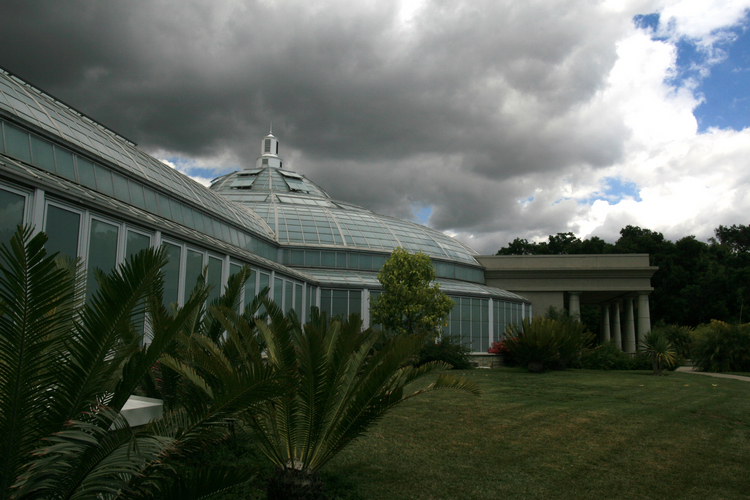
A conservatory is a glass and metal structure traditionally found in the garden of a large house.

The misters were operating to keep the humidity quite high!
Did you know? - Mist is a phenomenon of small droplets suspended in air. It can occur as part of natural weather or volcanic activity, and is common in cold air above warmer water, in exhaled air in the cold, and in a steam room of a sauna. It can also be created artificially with aerosol canisters if the humidity conditions are right. The only difference between mist and fog is visibility
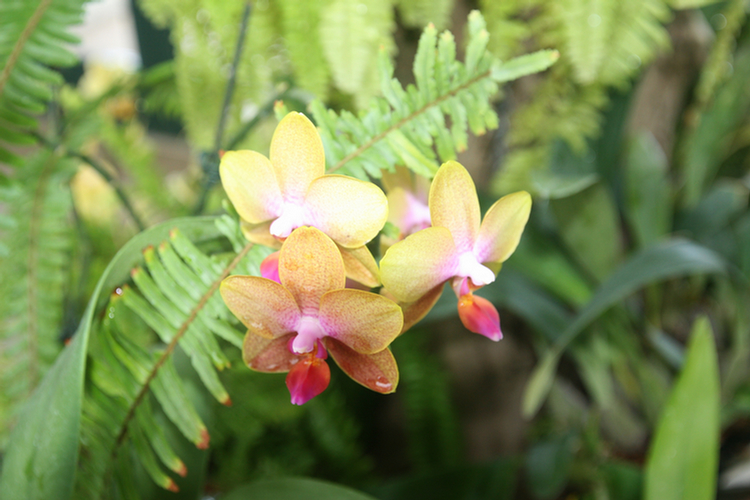
Orchidaceae (or Orchid family) is the largest family of the flowering plants (Angiospermae).
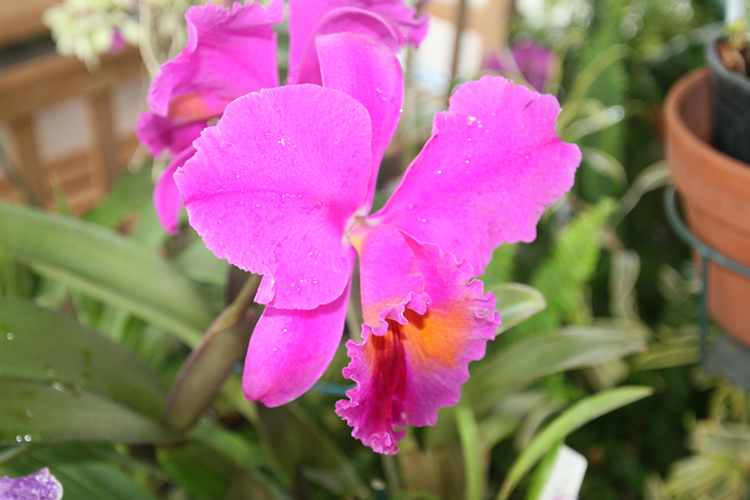
The Royal Botanical Gardens of Kew list 880 genera and nearly 22,000 accepted species, but the exact number is unknown (perhaps as many as 25,000).
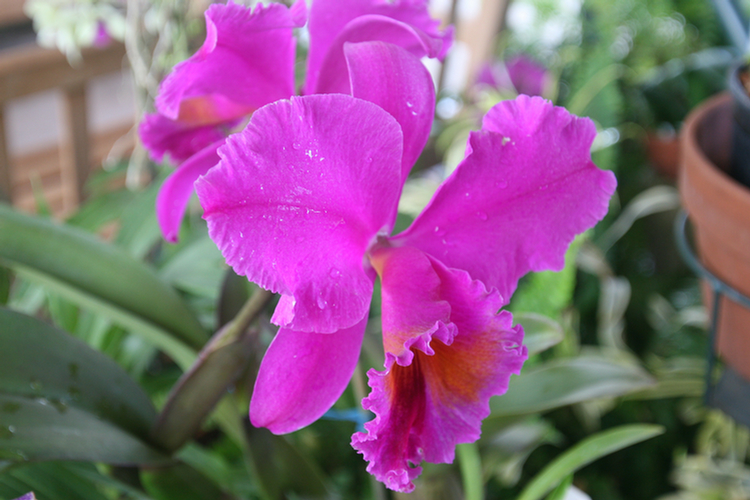
The number of orchid species equals about four times the number of mammal species, or more than twice the number of bird species.


Sue enjoyed the orchids
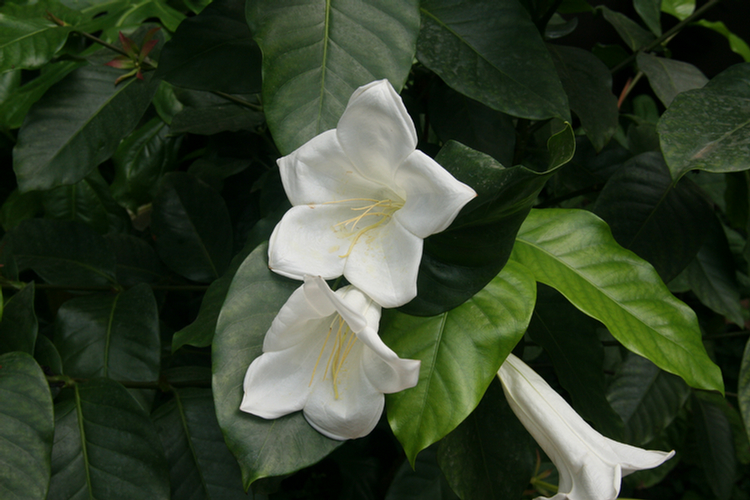
The Bog Was Fastinating
Did You Know? - A bog or mire is a wetland type that accumulates acidic peat, a deposit of dead plant material?usually mosses, but also lichens in Arctic climates. Bogs occur where the water at the ground surface is acidic, either from acidic ground water, or where water is derived entirely from precipitation, when they are termed ombrotrophic (rain-fed). Water flowing out of bogs has a characteristic brown color, from dissolved peat tannins. Bogs are very sensitive habitats, of high importance for biodiversity..
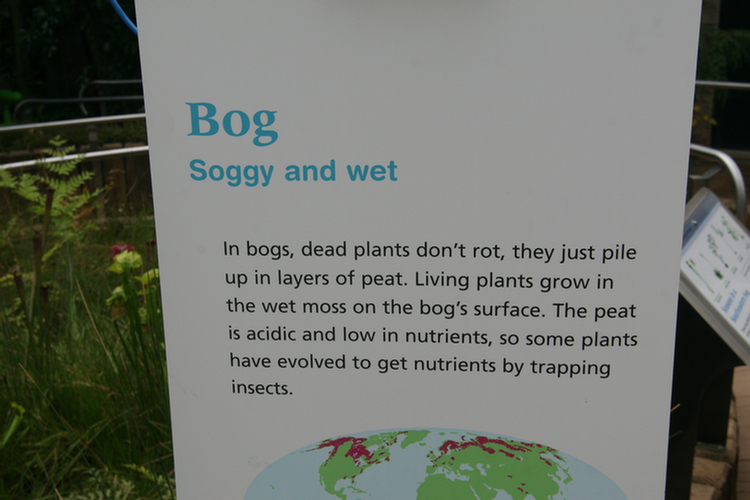
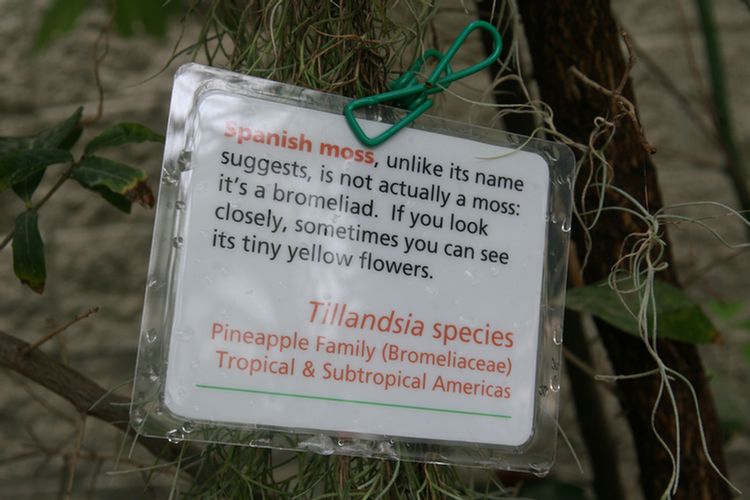
Did you know? - Spanish moss (Tillandsia usneoides) closely resembles its namesake (Usnea, or beard lichen). However, Spanish moss is not biologically related to either mosses or lichens. Instead, it is a flowering plant in the family Bromeliaceae (the bromeliads) that grows hanging from tree branches in full sun or partial shade. Formerly this plant has been placed in the genera Anoplophytum, Caraguata, and Renealmia. It ranges from the southeastern United States (southern Virginia and eastern Maryland) to Argentina, growing wherever the climate is warm enough and has a relatively high average humidity.
The plant consists of a slender stem bearing alternate thin, curved or curly, heavily scaled leaves 2?6 cm long and 1 mm broad, that grow vegetatively in chain-like fashion (pendant) to form hanging structures 1?2 m in length, occasionally more. The plant has aerial roots and its flowers are tiny and inconspicuous. It propagates both by seed and vegetatively by fragments that blow on the wind and stick to tree limbs, or are carried by birds as nesting material.


Many Displays Were Available For Inspection

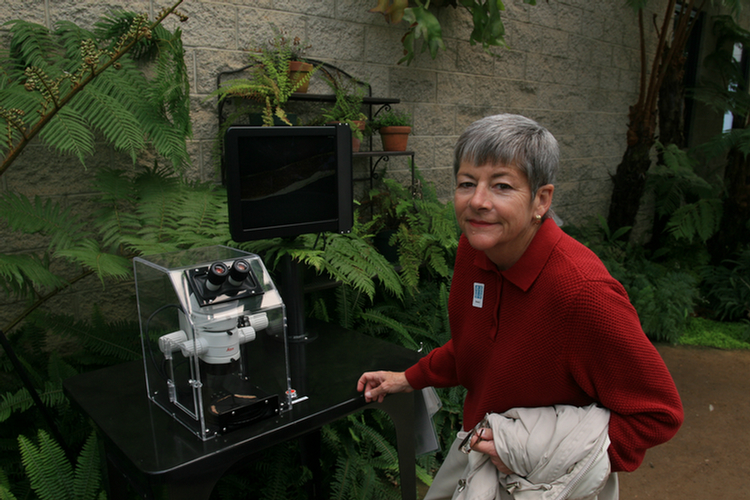
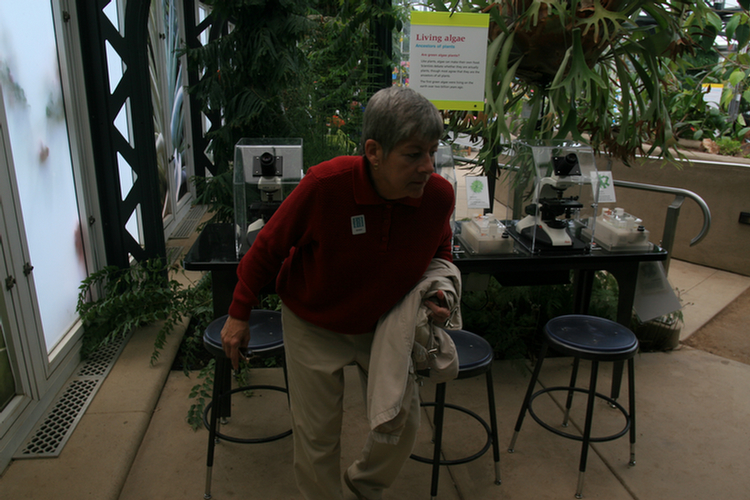
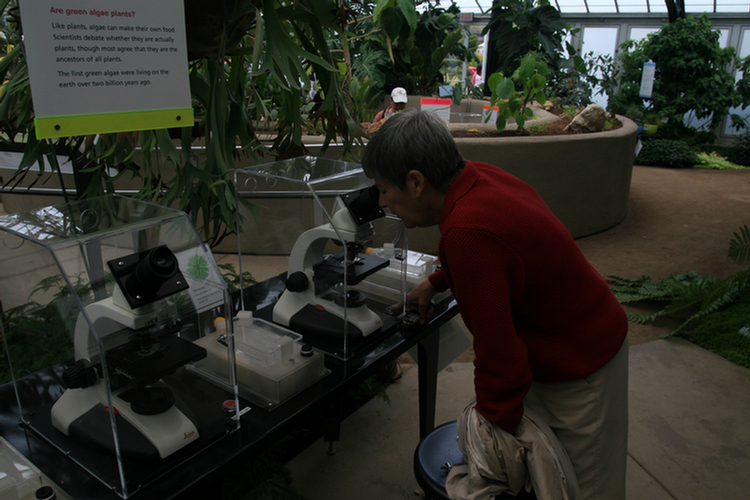
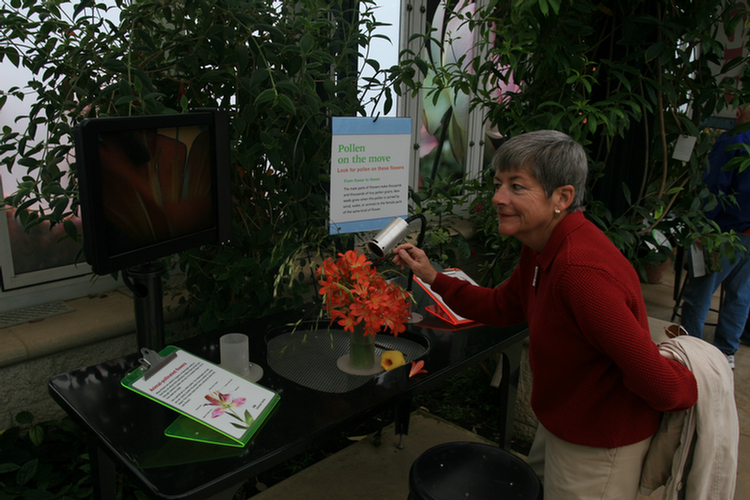

The Kid's Garden




Tunnels everywhere

A water volcano was quite active
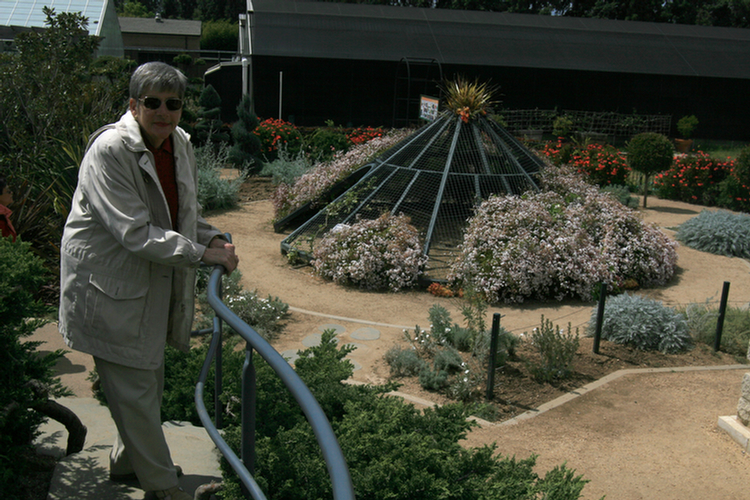
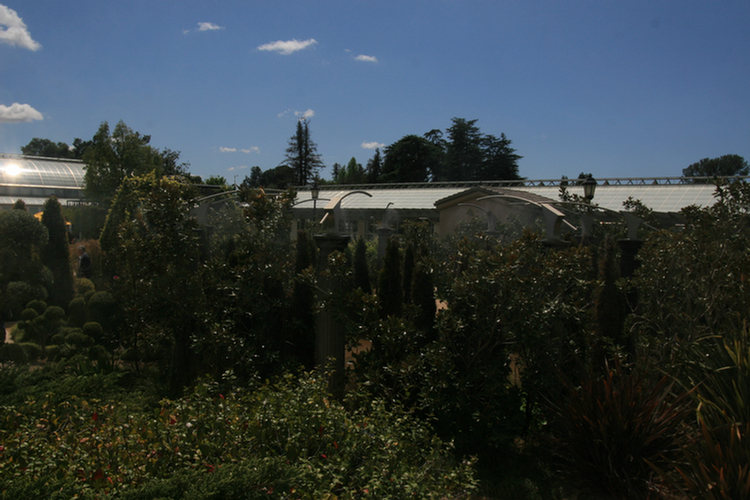

Time to get wet
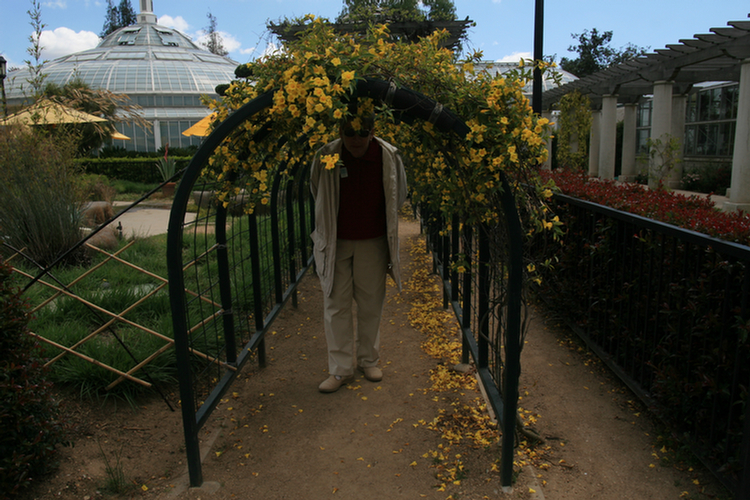
Just the right height
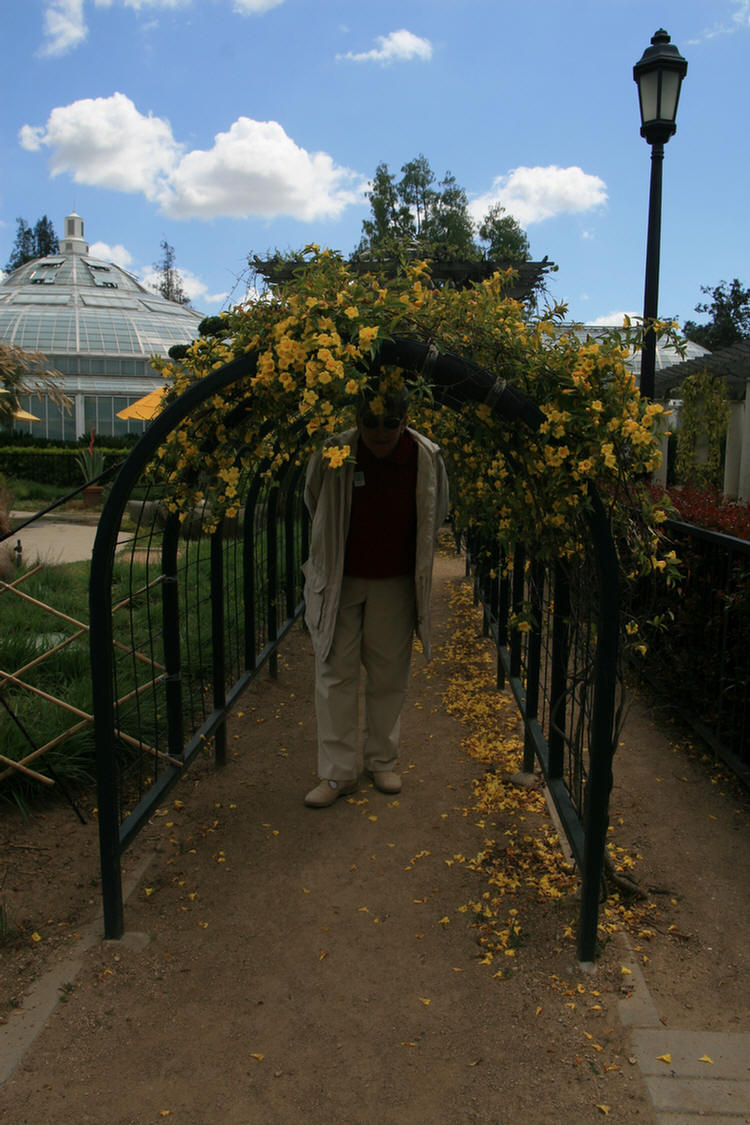
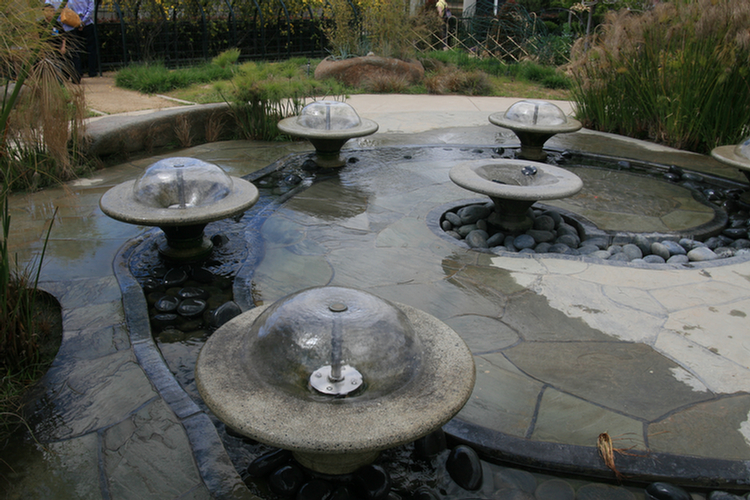
The fountains were interesting for the adults

The cloud forest was cool!
Did you know? - A cloud forest, also called a fog forest, is a generally tropical or subtropical evergreen montane moist forest characterized by a high incidence of low-level cloud cover, usually at the canopy level. Cloud forests often exhibit an abundance of mosses covering the ground and vegetation, in which case they are also referred to as mossy forests. Mossy forests usually develop on the saddles of mountains, where moisture introduced by settling clouds is more effectively retained

No, I am not pregnant! My pockets are full of cameras and stuff
Heading For The Tea Room

A Sue sized tractor
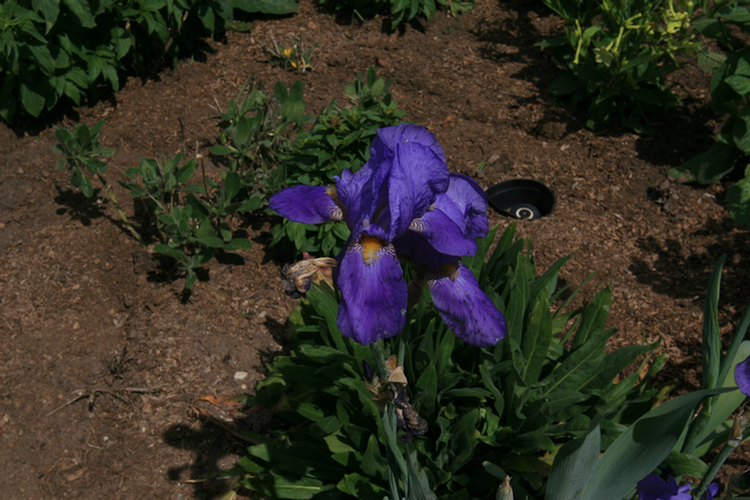
Did You Know? - Iris is a genus of between 200-300 species of flowering plants with showy flowers. It takes its name from the Greek word for a rainbow, referring to the wide variety of flower colors found among the many species.
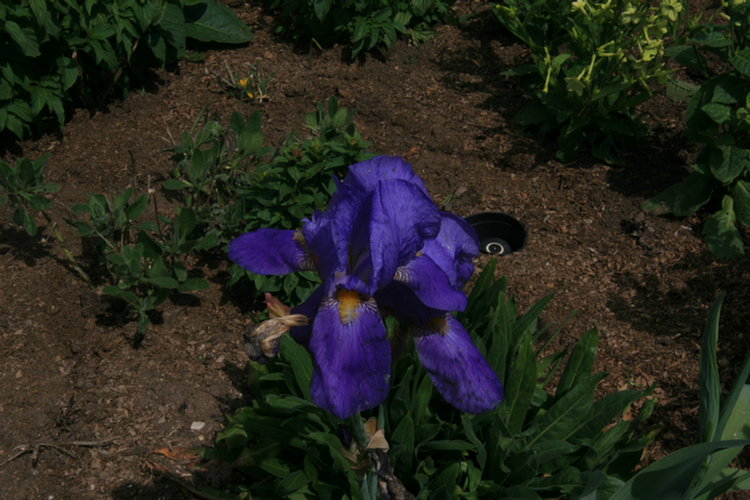

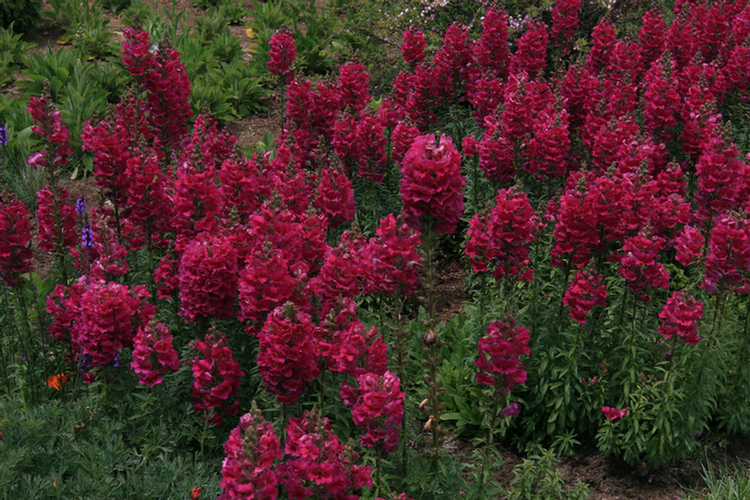
Did You Know? - Antirrhinum is a genus of plants commonly known as snapdragons from the flowers' fancied resemblance to the face of a dragon that opens and closes its mouth when laterally squeezed (thus the 'snap'). The antirrhinums used to be treated as the family Scrophulariaceae, but studies of DNA sequences have led to the inclusion of Antirrhinum in a vastly enlarged family Plantaginaceae
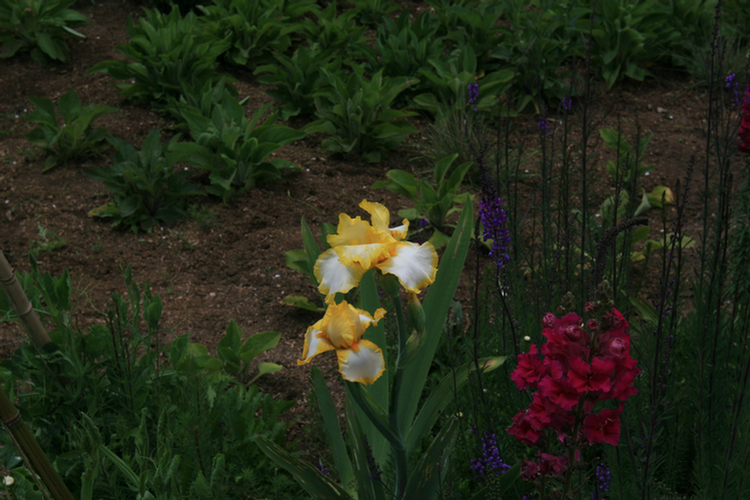
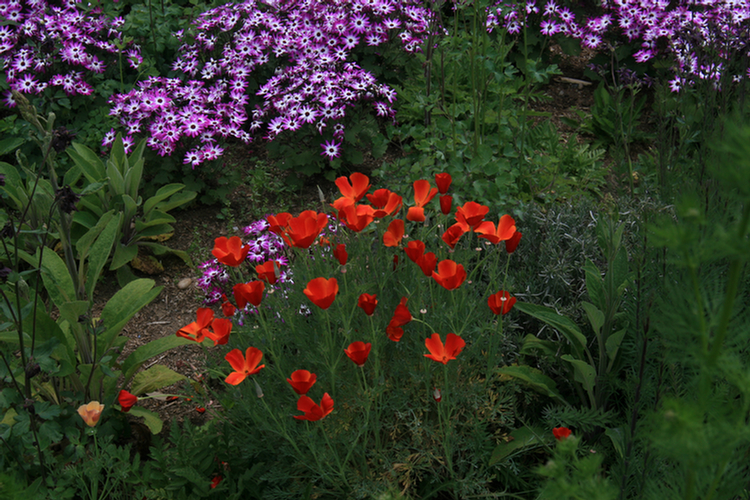
These poppies were magnificent

The arbors or pergola was very pretty
Did you know? - A pergola is a garden feature forming a shaded walk or passageway of pillars that support cross beams and a sturdy open lattice, upon which woody vines are trained. As a type of gazebo, it may also be part of a building, as protection for an open terrace. The origin of the word is the Late Latin pergula, referring to a projecting eave. The English term was borrowed from Italian. It was mentioned in an Italian context in 1645 and used in an English context in 1675.

Flowers
everywhere